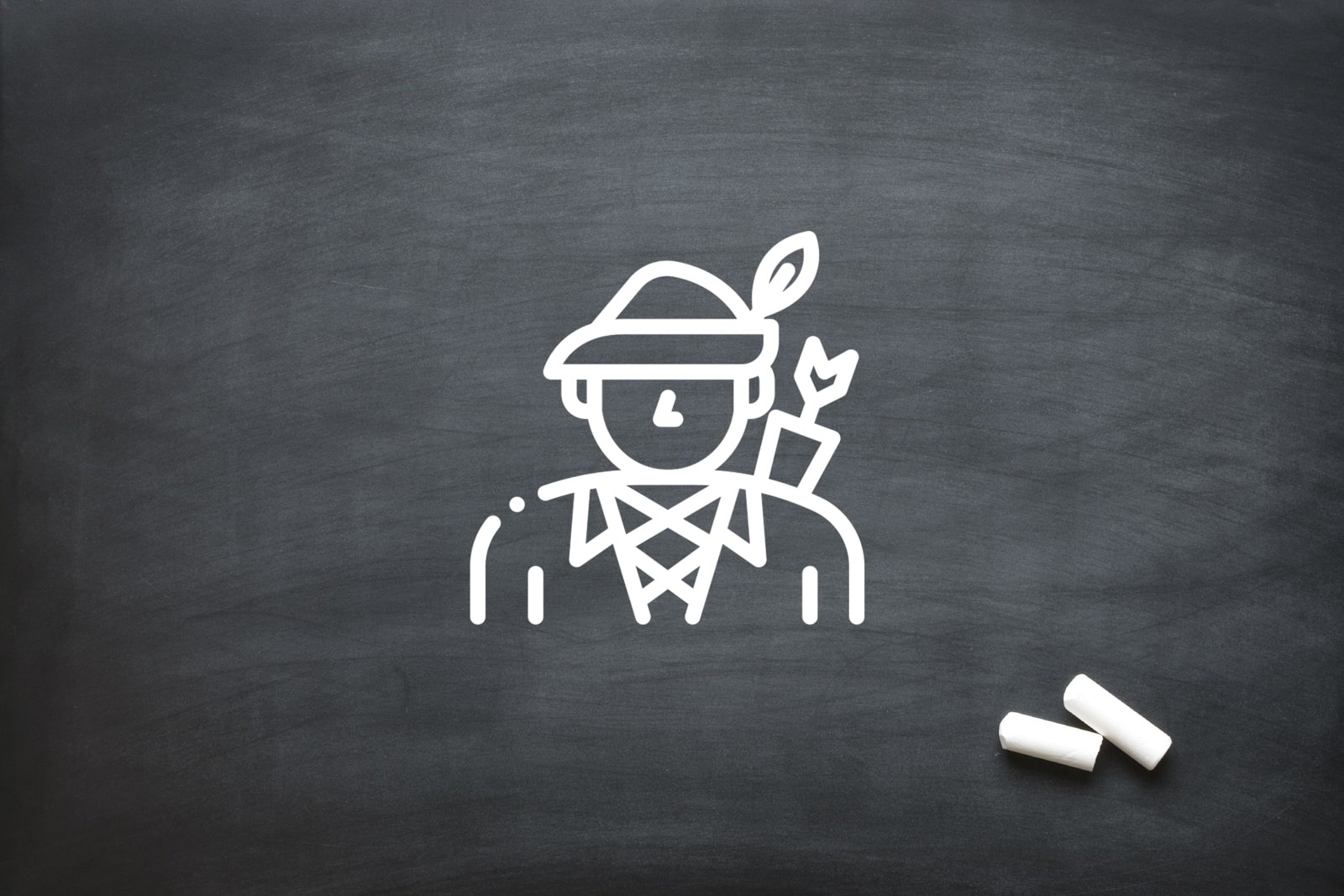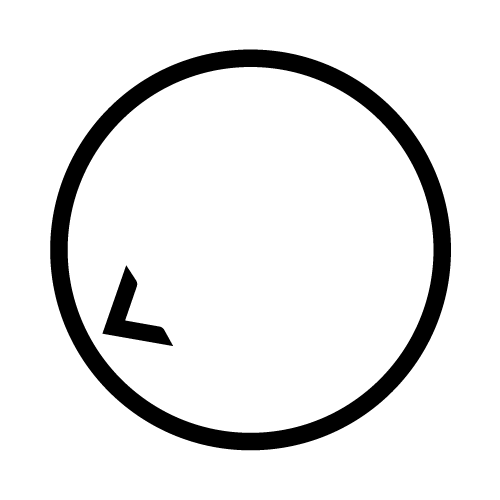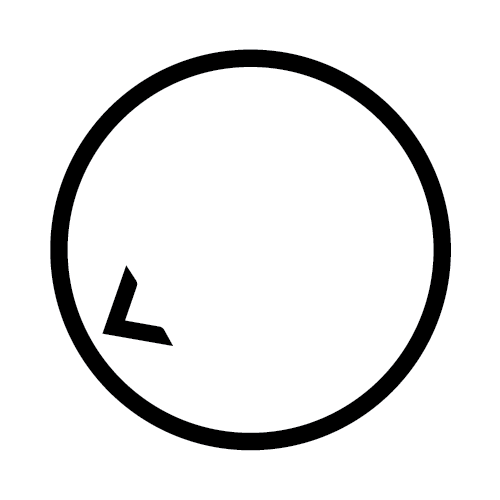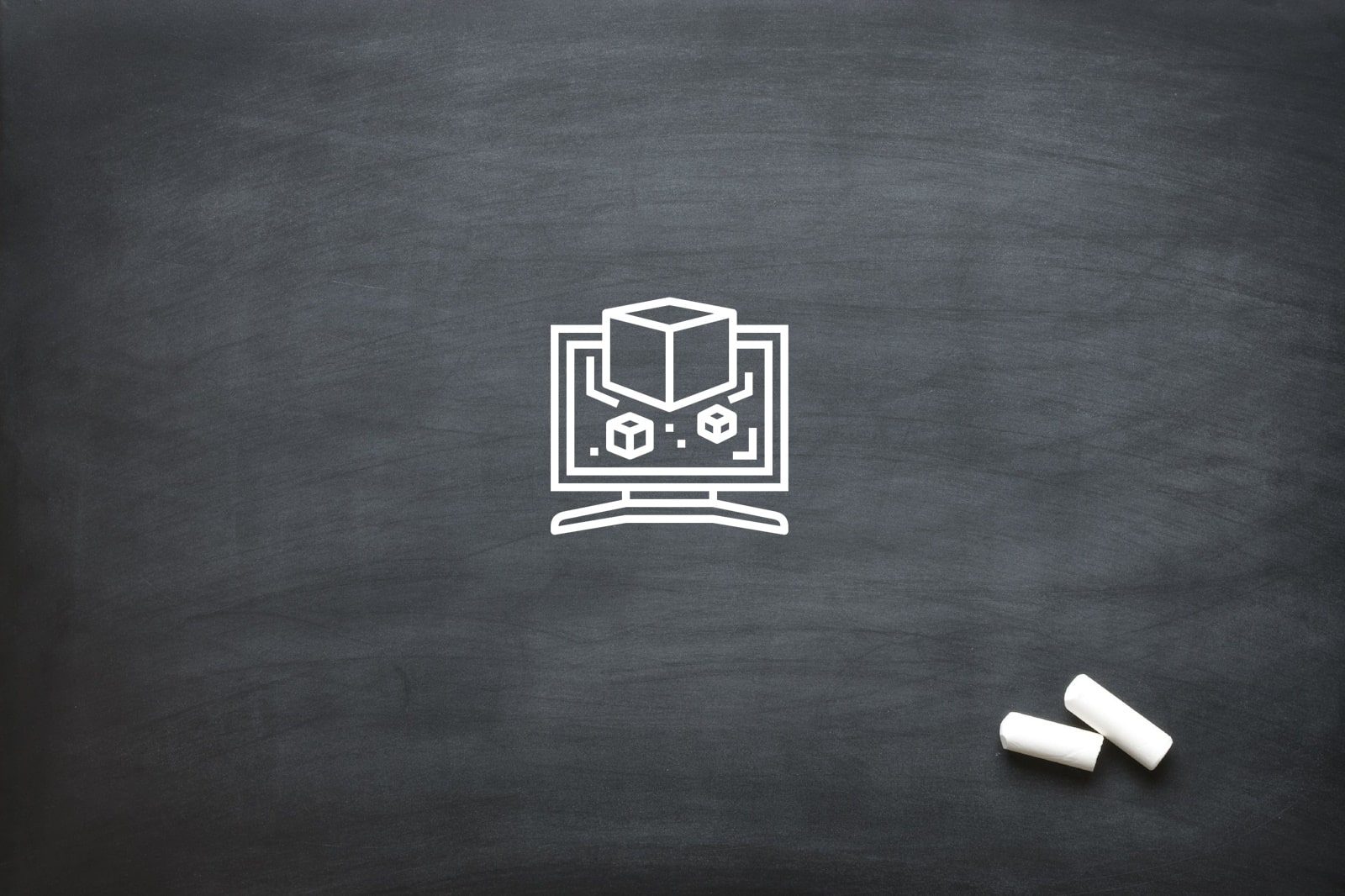
2D Animators: Line & Shape Language
Character design is the foundation upon which animation breathes life and personality. For 2D animators, the mastery of line quality and shape language is more than a technical skill—it is the language through which characters communicate emotion, story, and identity. Lines are not just outlines; they serve as emotional cues, depth indicators, and dynamic elements that guide the viewer’s eye. Similarly, shape language is a silent but powerful tool shaping how audiences perceive character traits before a single word is spoken.
Line Weight Variation – Conveying Depth, Focus, and Emotion
Line weight variation is one of the most versatile tools available to 2D animators. By changing the thickness of lines within a single drawing, animators can create a sense of depth and hierarchy. For instance, heavier lines tend to push forward visually, making certain parts of a character or scene feel closer to the viewer, while thinner lines recede, suggesting background elements or less important details. This variation can also be used to highlight focal points like facial features, hands, or objects that the viewer’s attention should gravitate toward, subtly directing storytelling without distracting dialogue or action.
Emotionally, line weight variation can influence how a character feels to the audience. Softer, tapered lines might communicate tenderness or vulnerability, whereas thick, angular strokes often express strength or aggression. Practicing these variations by redrawing the same character with different line weights can train animators to fine-tune the mood their lines convey. This practice also improves control over brush pressure or pen tools, making the process more intuitive and effective.
Expressive Line Work – Adding Personality and Motion
Expressive line work goes beyond simple outlines to infuse characters with life and personality. For 2D animators, rigid, uniform lines can feel lifeless or mechanical, lacking the dynamism that brings a character to life. Instead, loose, rhythmic strokes that vary in speed and pressure create a natural sense of movement and emotion, even in still images. These dynamic lines capture the character’s spirit, whether it’s a gentle sway or an aggressive stance, allowing the personality to shine through without needing colour or shading.
Incorporating broken or implied lines is another effective strategy. Rather than closing every form perfectly, allowing gaps invites viewers’ imaginations to fill in the missing information, which can make the drawing feel more spontaneous and energetic. Gesture drawing exercises are especially valuable here—quick sketches that prioritise capturing action and mood encourage 2D animators to focus on flow and emotion rather than perfect form, ultimately leading to more vibrant final designs.
Clean-Up vs Rough Lines – Choosing When to Polish or Preserve Energy
The difference between rough sketch lines and polished clean-up lines is fundamental in animation workflows. Rough lines embody raw energy and spontaneity. They serve as the creative playground where ideas are freely explored and emotions are expressed unfiltered. For many 2D animators, preserving a bit of this rawness in early concepts or stylised projects can add authenticity and vibrancy to the character’s personality. Rough lines work well for storyboards, concept art, or pieces where emotional impact is prioritised over technical perfection.
Clean-up lines, by contrast, are about clarity, precision, and reproducibility. When preparing final assets for animation or publication, neat, consistent lines are essential. These polished lines remove visual noise, making characters easier to animate and more professional-looking. Knowing when to clean up a drawing and when to leave lines loose requires experience and an understanding of the project’s goals. Many animators find that combining both styles strategically, such as keeping expressive rough lines in key areas while cleaning others, offers the best of both worlds.
Shape Language Fundamentals – Communicating Personality through Form
Basic geometric shapes carry deep psychological meaning and can communicate character traits instantly. Circles, for instance, are universally associated with softness, friendliness, and approachability. Characters based on round shapes tend to feel warm, innocent, or playful. Squares and rectangles suggest solidity, reliability, and sometimes stubbornness, giving a sense of groundedness and strength. Triangles often evoke tension, aggression, or danger due to their sharp points and dynamic angles.
2D animators often start character creation by exploring these shape archetypes to ensure the design aligns with the intended personality. Many successful character designs blend these shapes to balance traits—like combining a rounded head (friendly) with angular accessories (edgy or dynamic). Understanding these associations helps animators craft characters that communicate instantly with their audience, even before animation or dialogue begins.
Silhouette Readability – Creating Instantly Recognisable Characters
The silhouette is the purest test of character design clarity. A well-designed silhouette ensures a character’s pose, gesture, and identity are recognisable without any internal detail, colour, or texture. For 2D animators, strong silhouette readability is crucial not only for visual impact but also for animation clarity—characters need to be identifiable in fast-paced sequences and small thumbnails.
To test silhouettes, animators often fill their character designs with solid black and step back to assess recognisability. If a silhouette is confusing or cluttered, the design may need simplification or exaggeration of key shapes. This process forces artists to prioritise distinct shapes and poses, which improves visual storytelling and audience connection.
Contrast in Shape Design – Creating Visual Interest and Hierarchy
Contrast is fundamental in creating visually engaging characters. Mixing large and small shapes helps establish hierarchy, directing the viewer’s eye naturally through the composition. For example, a large, round torso combined with a small, sharp head shape can signal a character’s strength with a hint of vulnerability or cunning. Similarly, juxtaposing smooth, rounded shapes with sharp, angular ones creates tension and dynamism, which can reflect internal character conflicts or personality complexities.
This intentional contrast is not just about aesthetics but about communicating story and emotion visually. 2D animators can manipulate size, shape, and line contrast to build characters who are instantly interesting and full of narrative potential.
Line Economy – Simplifying to Essentials without Losing Energy
Less is often more when it comes to line economy. This principle encourages 2D animators to reduce lines to only those necessary to convey form, emotion, and movement. Excess detail can clutter the design, making it harder to animate and less readable, especially in fast scenes or at smaller scales. By focusing on essential lines, animators ensure each stroke carries meaning and energy.
A practical approach is to sketch freely, then progressively eliminate lines, always checking if the character’s personality and gesture remain clear. This disciplined minimalism supports faster workflows and more impactful character designs.
Stylisation Through Lines – Defining Artistic Identity
Line style is an essential part of an artist’s signature. Whether it’s sketchy, smooth, angular, or broken, the type of lines used affects the emotional tone and recognisability of the character. Consistent line stylisation helps brand the animation, ensuring it stands out and feels cohesive.
For 2D animators, developing a unique line style can mean the difference between generic and memorable characters. This consistency builds trust with the audience and supports storytelling by reinforcing the mood and personality embedded in every frame.
Gesture Drawing Foundations – Capturing Action and Mood Quickly
Gesture drawing remains a cornerstone of effective character animation. By capturing a character’s basic motion and mood with quick, simplified lines and shapes, 2D animators can lay the groundwork for dynamic, believable poses. Gesture drawings prioritise flow and rhythm over detail, helping animators avoid stiffness and improve storytelling.
Practicing gesture drawing regularly enhances line confidence, fluidity, and emotional expressiveness—skills that translate directly into more compelling, lifelike animations.
At Oliver Karstel Creative Agency, we appreciate the nuanced power of every line and shape. Our expert team works closely with 2D animators to elevate character design through purposeful line quality and shape language. If you want your characters to resonate deeply and stand out visually, contact us today.






